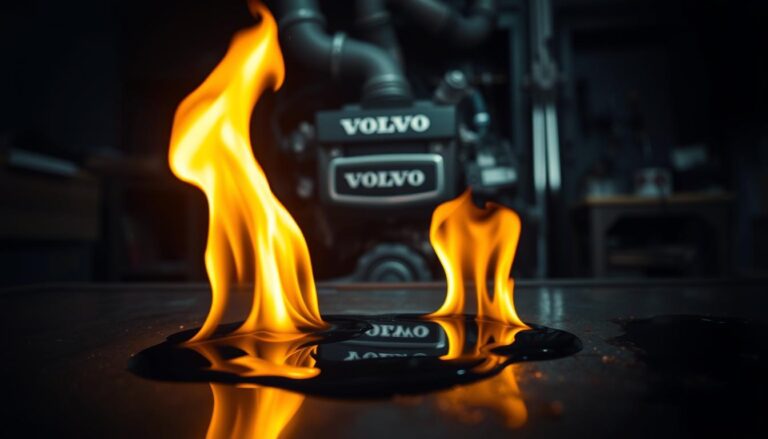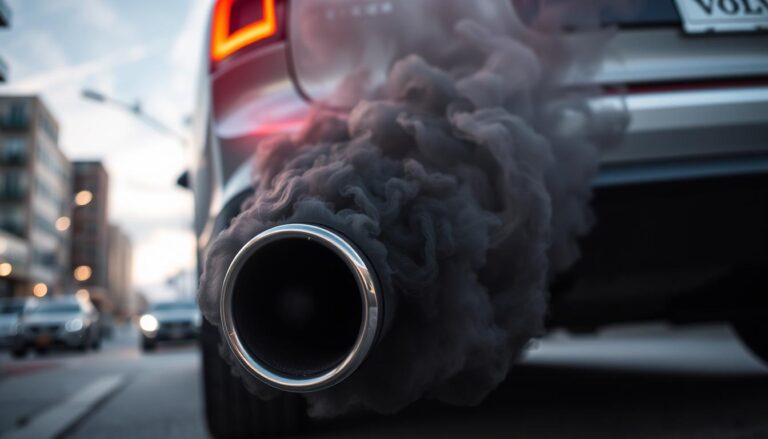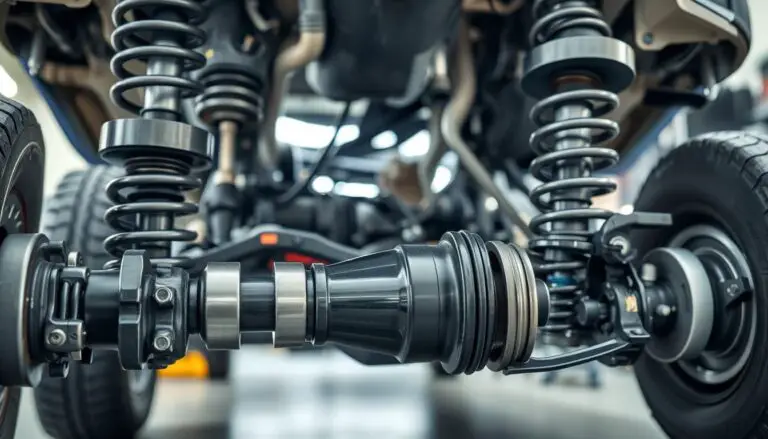Most common Volvo D16 engine problems include turbo issues, fluid leaks or shortages, overheating, cooling fan damage, reduced fuel efficacy, fuel filter build up or damage, transmission problems, and valve and injector failure.
These concerns are not always about bad manufacturing approaches. Sometimes engine concerns are a result of poor maintenance practice.
So, with that in mind, keep on reading this guide where I plan to explore these common issues that d16 engine users have encountered over the years according to my research. Top of Form
Let’s Get Started With Top Volvo D16 Engine Problems
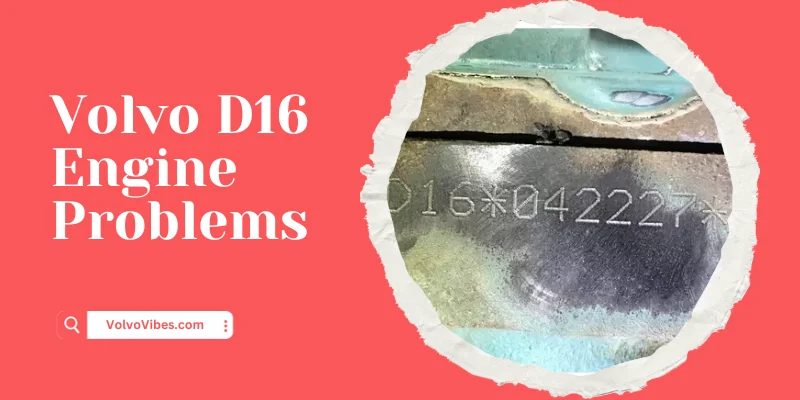
I made a list of problems that Volvo D16 engines often have. Remember, it might vary in different situations. Not all D16 engines will have all these issues.
1. Turbo Problems
Alright, let’s talk about Turbo-related Volvo D16 engine troubles. One prevalent concern is associated with the Volvo D13 engine. This problem may manifest as malfunctions and performance degradation triggers.
Keep in mind, that turbo issues could be linked to the variable geometry design. Also, It’s noteworthy that turbo issues tend to be more common in earlier D16 engine models.
2. Oil or Coolant Shortage
Another challenge faced by the Volvo D16 engine is getting short on coolant or oil too frequently. And sometimes, regular oil checks cannot catch this.
Also make sure it’s not a coolant level sensor issue, something that’s also notable in Volvo d13 engines by the way.
Looking at how complicated this problem can get, it’s not a bad idea to tag in a professional. Let’s make sure everything’s topped up and running as smoothly as possible.
3. Engine Running Too Hot
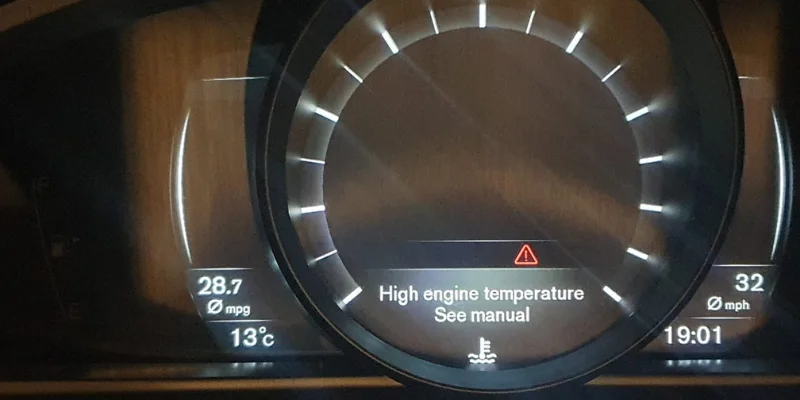
Overheating is another common problem observed with Volvo D16 engines. It does stem from various factors.
Increased stress on the engine, faulty components, cooling system issues, or any factor affecting the engine’s temperature can contribute to this problem. If you’ve read my take on Volvo d12 engine problems, then this should ring a bell.
Now if you are not quick with repair or replacement, there’s a heavy chance of complete engine failure. It’s going to cost you a significant amount by the way. That’s particularly why I consider overheating-related problems to be quite sensitive.
According to Bucaru Brothers experts, an overheated engine with white smoke from the exhaust spells disaster. It often means a blown head gasket, causing coolant to mix with oil. This harmful blend circulates through the engine. And it can cause severe damage. Particularly to the transmission and other expensive components.
Top of Form
4. Cooling Fan Malfunction
This is also related to engine overheating. The cooling fan must keep dissipating heat for the engine to regulate optimally. However, when the cooling fan breaks down, the engine loses its ability to stay at a safe temperature.
Cooling fan damage often roots from low coolant levels. This can also happen from damaged clutch assembly.
5. Significant Oil Consumption
Over time, owners may encounter deficiencies with the Volvo D16 engine related to significant oil consumption issues. This can result from wear and tear on components. Such as:
- Piston rings or valve seal damage.
- Cracks in the engine compartment fuel lines lead to leaks.
Identifying and replacing the failing parts is what takes for quick resolution. I would like to add that often owners make this one mistake that leads to excessive oil consumption. Going with incorrect oil viscosity.
Make sure you are not choosing the wrong type of oil for Volvo D16. Too thin oil for the system can lead to such wear and tear more often than you think.
6. ECM Failure Alarm
Performance challenges, such as ECM failure alarms, may occur during specific operating conditions. The most common ones would be high turbo boost or pyrometer readings.
These issues often indicate problems with sensors or electrical components. You’ll need to accompany accurate diagnostic procedures for solution.
7. Excessive Vibration Even with Light Loads
Some owners mention vibrations in the engine, even with light loads, especially between 45-60 mph. Possible causes include issues with engine mounts, drivetrain components, or other mechanical elements that might need a checkup.
8. Rocker Arms Issues
Volvo D16 engine problems also encompass rocker arms issues. Rocker arms are quite an important part of the engine that needs to keep moving for the valve operation. Now sometimes it seizes on the rocker shaft, which basically interrupts the movement.
Most of the time, the arms fail to move at all. This could lead to affecting the injector rocker arms fuel dosing process.
Either the fuel delivery will become non-stop. Or there will be no fuel delivery at all. This is pretty bad news for overall fuel efficacy and performance.
9. Frequent Oil Filter Buildup
Experiencing frequent oil filter buildup in the Volvo D16 engine can result in sluggish acceleration and increased fuel consumption.
While it’s common for fuel economy to degrade over the years, sometimes this issue occurs in relatively new vehicles.
Despite limited preventive measures, maintaining a consistent schedule for filter changes and other upkeep is essential to preserve overall performance.
10. Transmission Concerns
The powershift transmission unit is particularly in question when it comes to concerns with D16 engine vehicle transmission systems. The intricate design might be a contributing factor. And inadequate transmission maintenance could exacerbate issues.
In general, the powershift transmission unit requires a lot of attention for accurate fluid level maintenance. So, fluid level checks and timely updates are crucial to avoid such operational problems
11. Valve Spring and Injector Copper Problems
Earlier models of the Volvo D16 faced challenges with valve spring and injector copper design, impacting overall engine performance.
However, lately, this issue is less visible. Looks like Volvo has taken user feedback seriously and addressed these design issues, making the problem less prevalent in current models.
12. Coolant Leaks
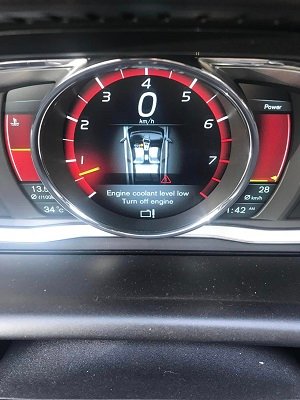
Coolant leaks, often stemming from radiator issues, have been a prevalent problem in Volvo D16 engine vehicles. These leaks can contribute to engine overheating.
And just like I said in my earlier sections, overheating is one of the worst Volvo D16 engine problems that can lead to complete failure if not resolved quickly.
Regular coolant level checks and prompt resolution of potential leaks are proactive steps to prevent overheating issues.
13. Continuous Issues with the Injector Cup
Recurring problems with injector cups are a notable concern with the Volvo D16 engine. From an expert’s perspective, these issues may be linked to design faults and manufacturing errors.
While some cases may be mitigated through maintenance practices, frequent component replacements are often necessary.
Fuel leaks can also surface when D16 engine encounters problems with injector cups. This is because the part is responsible for preventing any fuel or combustion gas from entering the coolant of the engine.
Now signs that there must be something going on with the injector cup are coolant loss, white smoke leak from exhaust, and sudden increase of cooling system pressure.
Other injector-related problems are:
- Uneven fuel distribution.
- Overall decrease in fuel efficiency.
- Engine misfire potential.
- Rough idling.
Injectors can also be clogged and worn out over time. Periodic replacement of the fuel injector should solve the issue. If not, then along with the injectors more fuel components could be faulty and require detection.
14. Ineffective EGR Coolers
Inefficient EGR coolers can significantly degrade exhaust gas recirculation efficiency. These concerns are also noted by Volvo D16 users in the past, and there’s no alternative to regular inspection plus timely maintenance.
15. Hard Starting Issues
D16 engine users have also noticed the hard starting problem that arises after a few years of usage. Now various reasons can contribute to this situation.
But mostly it happens from fuel delivery problems, insufficient fuel pressure issues, or failure of fuel injectors. Mainly, the fuel-air mixture during ignition is what gets troubled.
So, it’s important to take quick action after experiencing the early symptoms. One of which is basically a hard start. If the problem is not taken care of early, this may lead to fuel pump damage or even engine failure. Clogged fuel filters can also contribute to hard starting.
16. Air in Fuel Lines
One more thing that can actively ruin the efficiency of the fuel delivery system is the presence of air in the lines. This can lead to not only poor combustion but also serious trouble in the near future. The common sources of air are faulty leaks and unfixed leaks. The overall fuel supply system can get compromised and lead to complete engine failure.
Wrapping Up
So, that concludes my list of the top Volvo D16 engine problems you should be aware of, whether you already own one or are considering a purchase.
However, it’s essential to keep in mind that these engine challenges can arise due to a lack of maintenance, as mentioned earlier. Additionally, one or more issues may be linked to how the vehicle is used. The workload placed on the vehicle can significantly contribute to these problems.
Therefore, don’t let these issues be the sole factor influencing your decision to make or not make a purchase.
I’ll catch you in my next guide. Take care!

